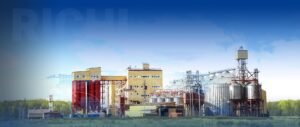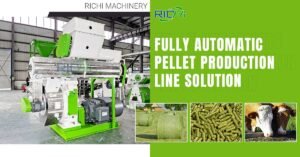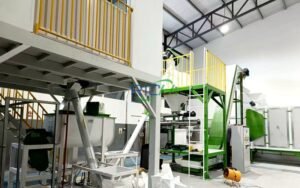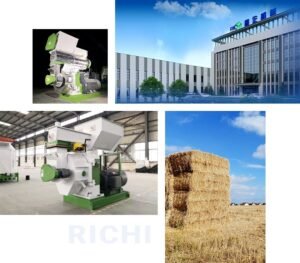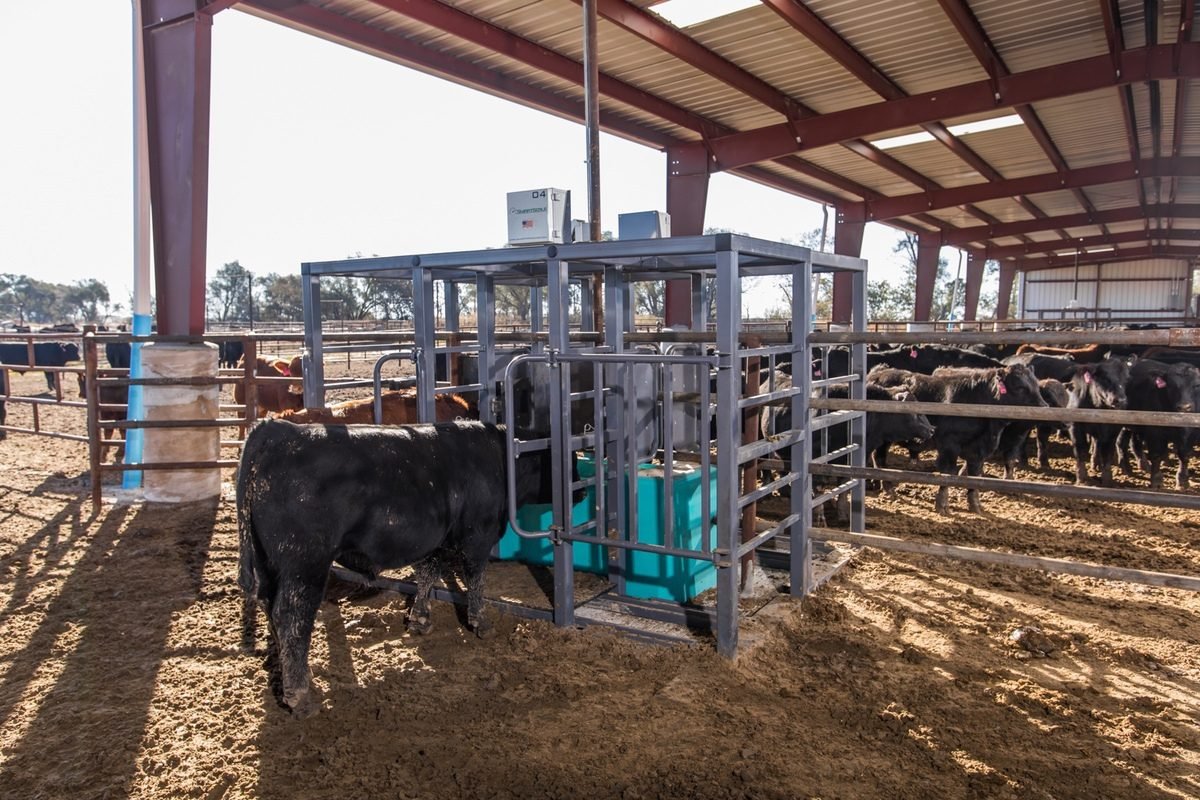
Cattle weighing system is an essential tool in the agricultural industry, specifically designed for the accurate measurement of cattle weight. This system is crucial for managing the health, growth, and commercial value of livestock.
It comprises several key components and utilizes advanced technologies to ensure precision, ease of use, and durability. Understanding the functionality, types, and applications of cattle weighing systems can significantly enhance livestock management practices.
Functionality
- Weight Measurement: The primary function is to accurately measure the weight of individual cattle or groups. This is achieved through a platform scale, onto which the cattle are guided.
- Data Recording: Modern systems often come with digital displays and data logging capabilities, allowing for the tracking of weight over time to monitor growth and health.
- Stress Reduction Features: Many systems are designed to minimize stress and discomfort to the animals during the weighing process, featuring non-slip surfaces and smooth, quiet operation.

Key Components
- Weighing Platform: A durable, flat surface that can accommodate cattle of various sizes. It’s typically made from steel with a non-slip finish.
- Load Cells: These are sensors placed under the platform that measure weight based on the strain of the load. They convert the force into an electrical signal that is then displayed as weight.
- Indicator/Display: This component displays the weight reading and can often store data for individual animals or groups. Advanced indicators may also connect to software for detailed tracking and analysis.
- Containment Pen: To ensure accurate weighing, a containment pen or crate is used to keep the animal still on the platform. This can be a simple barrier or a more sophisticated system for larger operations.
Types
- Portable Systems: Designed for ease of movement between locations. Ideal for farms or operations where animals are located in different areas.
- Fixed Systems: Installed in a permanent location, suitable for high-throughput environments like feedlots or processing facilities.
- Automatic Systems: These can automatically identify and weigh animals without the need for human intervention, often integrated with RFID (Radio Frequency Identification) tags for animal identification.
Applications
- Health Management: Regular weighing helps in monitoring the health and growth of cattle, ensuring they are achieving expected weight gains.
- Feed Management: By knowing the exact weight, farmers can adjust feed quantities and compositions to optimize growth rates and health.
- Breeding Programs: Weight data is used to select breeding stock, aiming for genetic improvement in growth rates and feed efficiency.
- Commercial Transactions: Accurate weight measurement is critical for sales and slaughter, determining the market value of the livestock.
Conclusion
Cattle weighing systems are indispensable in modern livestock management, providing essential data for health monitoring, feed management, breeding selection, and commercial transactions. With advancements in technology, these systems have become more accurate, user-friendly, and capable of integrating with farm management software, enhancing the overall efficiency and productivity of cattle operations.
